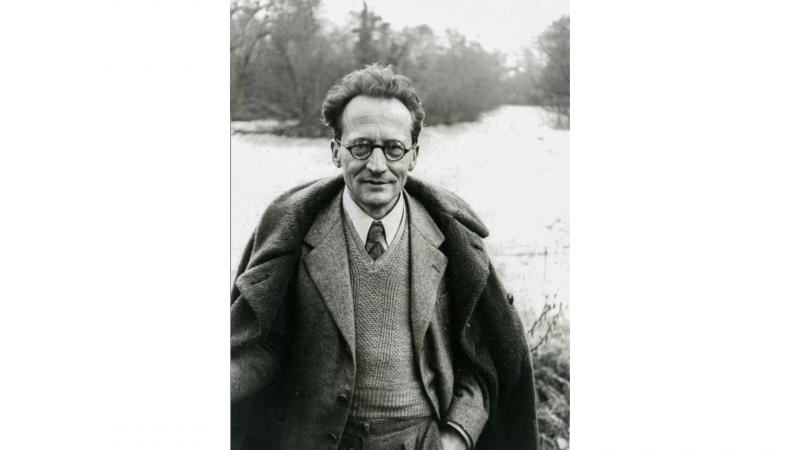Erwin Schrödinger
The Austrian-Irish physicist Erwin Rudolf Josef Alexander Schrödinger (12 August 1887 – 4 January 1961), sometimes written as Erwin Schrodinger or Erwin Schroedinger, was awarded the Nobel Prize for his contributions to quantum theory. He developed the Schrödinger equation, which can be used to determine a system's wave function and how it changes dynamically over time. Paul Dirac and Schrödinger shared the 1933 Nobel Prize in Physics for their work on quantum mechanics. Schrödinger spent most of his life as a professor with jobs at several universities.
In addition, he published numerous articles on a wide range of physics topics, including statistical mechanics, thermodynamics, the physics of dielectrics, color theory, electrodynamics, general relativity, and cosmology. He also made numerous attempts to develop a unified field theory. He is most known in popular culture for his "Schrödinger's cat" thought experiment. Schrödinger struggled with his personal life because he cohabited with a wife and a mistress. He also wrote about his self-described "predilection for teenage girls" and his sexual relationships with other women in his notebook.
Schrödinger distinguished himself among the scientists of his period due to his outstanding intellectual breadth. An almost rare accomplishment at a time when the trend was toward growing technical specialization in various disciplines, Schrödinger was able to make major contributions to nearly all branches of science and philosophy over the course of his life because of his remarkable abilities.









